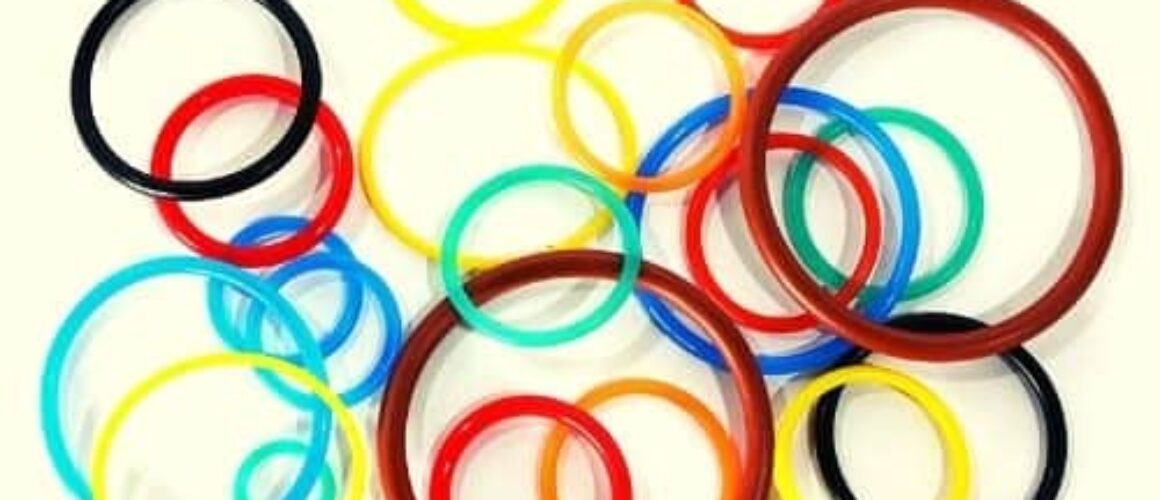Know All About Sealing O-Rings
An O-ring is a loop of elastomer which has the shape of a torus (or a classic doughnut) and is designed specifically to be seated in a groove and squeezed together during assembling between two or more parts, creating a seal at the interface to block the passage of liquids or gases. They are widely used in the manufacturing industry today for their simplicity and the basic function they perform.
An o-ring can form a static or dynamic seal, which involves relative motion between parts and the o-ring. A static seal does not include any movement of the o-ring and is used simply for containing pressure or maintaining a vacuum. On the other hand, a dynamic seal is often reciprocating (such as in hydraulic cylinder pistons) or rotating (such as in shaft rotation in a housing). Its low cost, ease of production, dependability, and simple mounting requirements make it popular in a variety of industries, including oil and gas refineries, chemical processing, turbo engines, aerospace engineering, plumbing, and aircraft, among others.
The biggest advantage of an o-ring type seal is that it returns to its original shape after the parts it joins are disconnected. However, the repetition of this process impacts the resilience, uniformity, and shape of the seal, making it necessary to switch the o-ring for a new one to keep the seal tight.
They are procured by processes of extrusion, injection molding, pressure molding or transfer molding, and are available in various sizes. Not only that, an o-ring can easily seal high pressure of up to 5,000 psi (34 MPa) and is ideal for use in high-pressure environments where a normal cork, paper or rubber gasket would likely fail.
But that does not mean that o-rings do not fail. Beyond a certain pressure, there is a chance that an o-ring would fail to serve its purpose. Over the years, there has been an advancement in their functionality because of the high-tech materials available to manufacture them. It’s important to carefully select the material of the o-ring to enable it to fulfil the role that it should perform. The selection of the o-ring should be based on chemical compatibility, service temperature, sealing pressure, lubrication requirements, and working atmosphere.
There are different high-performance materials that are used in the production of o-rings, such as:
- Nitrile (NBR) O-Rings: They are a general purpose o-rings that offer resistant sealing properties against water, petroleum oils, crude oils, gasoline, propane, etc. Since it’s prone to damage by phosphate ester hydraulic fluids, brake fluids, and halogenated hydrocarbons, it is not suited for high temperature or pressure demands.
- Viton® O-Rings: They are excellent for withstanding higher temperatures and offer stronger chemical resistance in contrast to Nitrile o-rings.
- Rubber O-Rings: These are the most commonly used type of o-rings, which serve multiple purposes in less specific/demanding applications.
- Silicone O-Rings: They are great for usage in outdoor applications because of their decent resistance to weathering and heat, in addition to high resistance to ozone, acids, and water. They usually have a poor tensile strength.
- Fluoroelastomer (FKM) O-Rings: They offer high resistance to heat as well as a wide variety of chemicals, in addition to aging and ozone. It has very low gas permeability and is prone to failure below -15°C in dynamic applications as they tend to become too stiff and inflexible.
There are other materials available too, such as Chlorosulfonated polyethylene (CSM), Ethylene propylene diene monomer (EPDM), Nitrile Rubber (NBR), Polyacrylate rubber (ACM), Polychloroprene (neoprene) (CR), among others. This simple yet critical mechanical component has a lot to offer, provided you carefully select the type.


